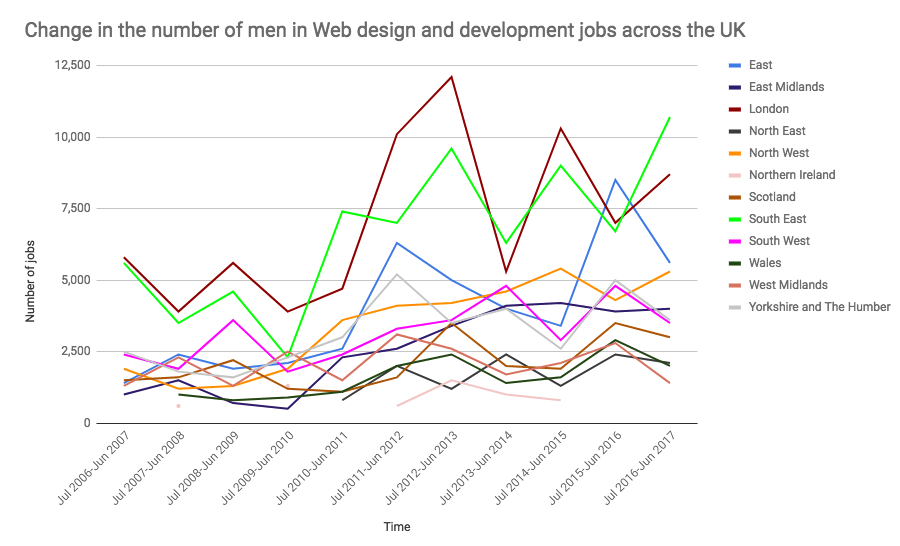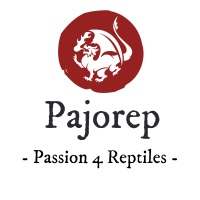
Static destinations

A static site stores an excellent record for each page of a static site. Each time that page is referenced, a comparable substance is returned. This content is made once, during the arrangement of the site. It is commonly genuinely made, yet a couple of objections use an automated web design arts, web design, process, similar to a strong site, whose results are taken care of long stretch as completed pages. These normally portrayed static objections turned as more notable around 2015, with generators like Jekyll and Adobe Muse.
The benefits of a static site are that they were more clear to have, as their server essentially expected to serve static substance, not execute server-side substance. This vital less server association and had less chance uncovering security openings. They could similarly serve pages even more quickly, on negligible cost server gear. This advantage ended up being less critical as unobtrusive web working stretched out to moreover offer strong features, and virtual servers offered prevalent execution for limited capacities to focus negligible cost. Basically, all locales have some static substance, as supporting assets, for instance, pictures and formats are typically static, even on a site with significantly strong pages.
Dynamic destinations
- Dynamic destinations are delivered on the fly and use server-side advancement to make pages. They routinely separate their substance from no less than one back-end informational collection: some are informational collection inquiries across a social informational collection to request a file or to summarize numeric information, others may use a chronicle database, for instance, MongoDB or NoSQL to store greater units of content, for instance, blog passages or wiki articles.
- In the arrangement communication, dynamic pages are much of the time demonstrated or wireframed using static pages. The scope of capacities expected to encourage strong site pages is significantly broader than for a static page, including server-side and informational index coding similarly as a client-side place of association plan. Without a doubt, even medium-sized strong endeavors are thusly regularly a joint effort.
- Exactly when dynamic site pages were first developed, they were usually coded directly in vernaculars like Perl, PHP, or ASP. A piece of these, amazingly PHP and ASP, used a ‘design’ approach where a server-side page took after the plan of the completed client-side page, and data was implanted into places portrayed by ‘marks’. This was a quicker technique for development than coding in a basically procedural coding language like Perl.
- Both of these systems have now been dislodged for certain locales by more huge level application-focused contraptions like substance the chiefs structures. These develop top of generally valuable coding stages and anticipate that a website exists should offer substance according to one of a not many all around saw models, for instance, a period sequenced blog, an effective magazine or news page, a wiki, or a customer gathering. These gadgets make the execution of such a site extraordinarily straightforward, and a totally legitimate and setup-based task, without requiring any coding.
- Modifying the genuine substance (too as the configuration page) ought to be conceivable both through the real site and with the use of untouchable programming. The ability to modify all pages is given extraordinarily to a specific arrangement of customers (for example, executives, or selected customers). Occasionally, obscure customers are allowed to adjust explicit web content, which is less constant
